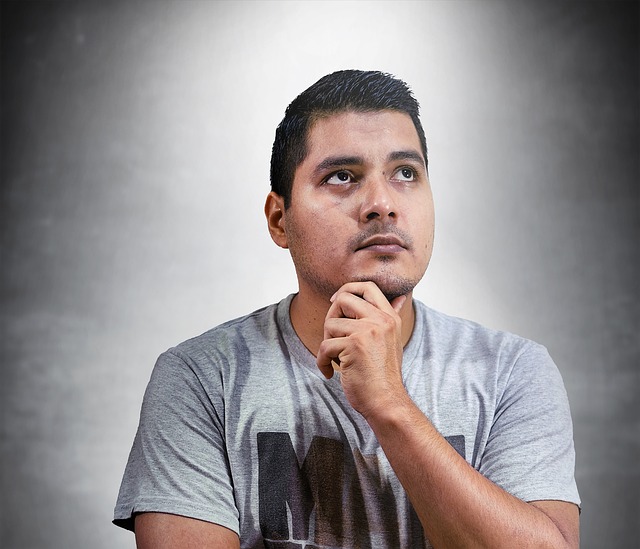In one of her many meditation podcasts, Diana Winston discusses three different dimensions of awareness and leads a meditation that explores each dimension.
Diana suggests that no one dimension is better than the others – each is appropriate for a particular time. It is also possible and desirable to be able to move from one dimension of awareness to another – this may help when you are encountering the obstacle of restlessness or boredom in your meditation. Sometimes, too, when you are tired you might find that an open, less exacting form of awareness is useful to help you to pay attention in the present moment with openness and curiosity.
- Narrow awareness – Diana likens this form of awareness to taking a photo with a telephoto lens where minute details are captured. The image for this post by MabelAmber illustrates this focus – providing a close-up view of drops of water on the leaves of a plant. Focusing on our breathing is an example of narrow awareness – and it can be hard work as we keep trying to return to our focus when our mind wanders, and thoughts interrupt the flow of our attention.
- Broad awareness – is like taking a panoramic picture of a landscape or seascape with a camera. Here you are not focusing on detail but breadth and impact. Open awareness is a good example of this as you are opening your awareness to multiple senses – sight, sounds, smells, taste and touch. Compared to narrow awareness, this can be a more restful meditation, like coasting on your bike after expending much effort peddling.
- Choiceless Awareness – as we are meditating, we can notice things happening in our awareness, e.g. change in our breathing, tension release in our body or strong emotions. The nature of our awareness can shift over a single period of meditation. We could begin with a narrow focus, open up to a broader focus by listening to the sounds that are coming to us from different directions and then attend to the emotions that those sounds elicit in us. This ability to consciously shift the focus of our awareness can enhance our capacity to be present to whatever is occurring in our world.
As we grow in mindfulness through meditation practice that employs the different dimensions of awareness we can build the skill to be really present in the moment of practice as well as in future situations involving interactions with others or undertaking a challenging and stressful task. The capacity to be in the moment with openness and curiosity stays with us as we engage in our daily activities at work or at home.
By Ron Passfield – Copyright (Creative Commons license, Attribution–Non Commercial–No Derivatives)
Image source: courtesy of MabelAmber on Pixabay
Disclosure: If you purchase a product through this site, I may earn a commission which will help to pay for the site, the associated Meetup group and the resources to support the blog.



